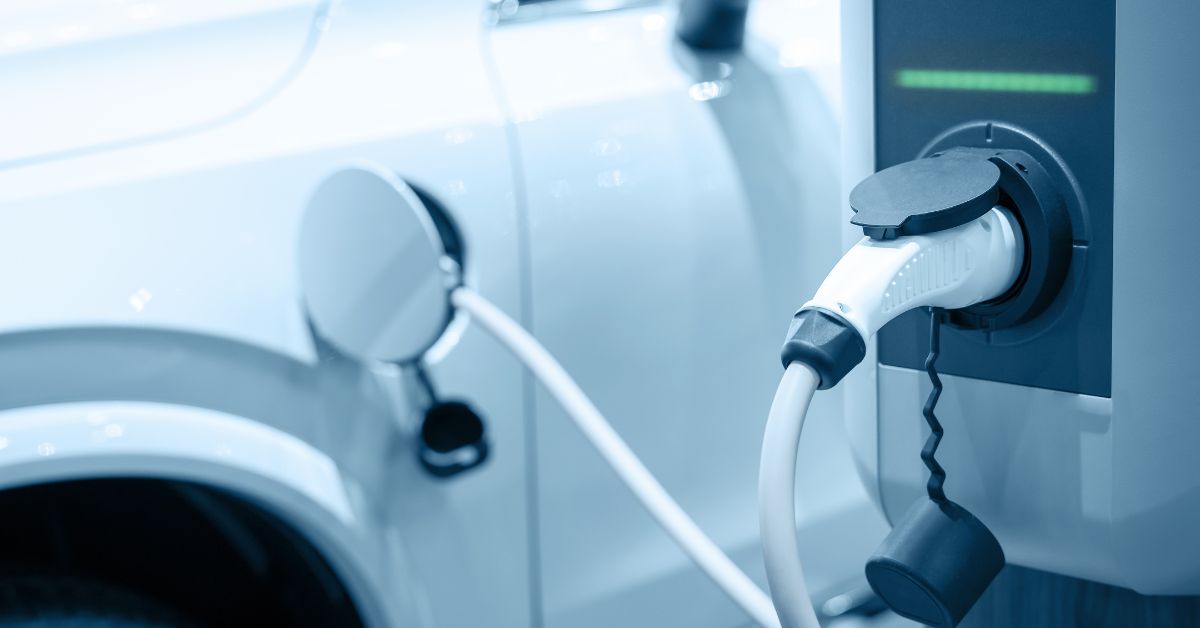The pandemic has turned the car market upside down, leaving both buyers and sellers scratching their heads.
With COVID-19 throwing curveballs at almost every industry, the car market has had its fair share of wild rides.
Let’s dive into how this global health crisis reshaped an industry that once seemed unshakeable.
Overview of the Car Market Before COVID-19
Before the world learned terms like “social distancing” and “quarantine,” the car market was humming along nicely.
Supply and demand were fairly balanced, and prices were, well, predictable. Car buyers had choices, and dealerships were bustling.
Steady Demand and Supply
New car production lines were pumping out vehicles without major hiccups. Used car lots had a healthy inventory to offer, and there were few significant delays.
People were buying cars for commutes, family trips, or simply to upgrade to the latest models. The industry was chugging along like a well-oiled machine.
Pricing Trends and Consumer Preferences
Car prices were stable, and consumers had plenty of options. Financing deals were attractive, making it relatively easy for people to drive off in their dream cars.
Whether it was electric vehicles gaining traction or SUVs dominating the family market, preferences were clear and trends were easy to follow.
The Immediate Impact of the Pandemic
Enter COVID-19, and suddenly everything changed.
- Manufacturing plants ground to a halt, and logistics networks buckled under pressure.
- Consumers, too, changed their habits, and the industry was left scrambling to adjust.
Global Manufacturing Shutdowns
Car factories worldwide shut their doors to curb the virus’s spread. Automakers from the United States to Australia couldn’t get parts or workers, causing a massive bottleneck.
Even giants like Toyota and Ford felt the squeeze. Assembly lines halted, and the delays rippled through the global market.
Supply Chain Disruptions
Semiconductor shortages became a buzzword overnight. These tiny chips, essential for everything from engine management to entertainment systems, were suddenly in short supply.
Shipping delays and port backlogs only added fuel to the fire. The car market went from smooth highway cruising to slamming on the brakes.
Changes in Consumer Behavior
COVID-19 didn’t just mess with the supply side; it made consumers rethink their travel habits and car preferences. People began prioritizing safety and practicality, leading to some surprising trends.
Shift Towards Used Cars
With new cars in short supply and prices surging, buyers turned to used cars. In Australia, used car prices jumped as demand outpaced availability.
Cars that once seemed overpriced were suddenly hot commodities. If you owned a reliable old car, you might’ve felt like you hit the jackpot.
Avoidance of Public Transport
Public transport became a no-go zone for many, with social distancing and hygiene concerns top of mind.
People who had previously relied on buses and trains suddenly wanted their own set of wheels. Sales of cars, even budget models, saw a spike as people craved independence and safety.
Effects on Car Pricing
As expected, prices went haywire. Supply couldn’t meet demand, and that sent costs sky-high. It wasn’t just a temporary bump; the car market is still dealing with this rollercoaster.
Soaring Prices of Used Vehicles
In Australia, used car prices soared like a kite in a strong wind. Popular models, especially those known for reliability, became almost as expensive as new ones.
Families reconsidered their budgets, and buyers had to make tough decisions about how much they were willing to spend.
Increased Waiting Times for New Cars
If you’ve tried buying a new car recently, you’ve probably experienced long wait times. Some Aussies have waited months, even a year, for their new vehicles to arrive.
Dealerships have resorted to creative solutions, like pre-selling cars months in advance. It’s a wild world out there.
Regional Trends in Australia
While the pandemic impacted everyone, its effects varied across different parts of Australia. The car market saw distinct trends depending on the region.
Impact on Urban vs. Rural Areas
The demand for smaller, fuel-efficient cars remained strong in urban areas like Sydney and Melbourne.
Meanwhile, rural areas witnessed a surge in demand for utes and 4WDs, as people invested in vehicles that could handle tougher terrains. It was a tale of two markets under one big Aussie sky.
State-by-State Variations
Each state in Australia faced its own challenges.
For instance, Western Australia saw less disruption compared to the eastern states, where lockdowns were more severe.
Queensland’s market had its quirks, with certain makes and models more sought after due to lifestyle preferences.
Future Outlook for the Car Market
What’s next for the car market? Experts are cautiously optimistic, but uncertainty still looms. It’s like trying to predict Melbourne’s weather—tricky at best.
Will Prices Stabilize?
Many hope that car prices will come back down to Earth. But with ongoing production hiccups and high demand, it might take time.
Buyers may need to wait until at least 2025 to see a significant price drop. Fingers crossed, right?
Predictions on Supply Chain Recovery
Supply chains are improving, but the recovery is still gradual. Experts now believe that pre-pandemic stability may be reached by late 2024 or early 2025. Until then, patience remains key.
Advice for Car Buyers and Sellers
Whether you’re in the market to buy or sell, there are strategies to make the most of this unpredictable market.
Tips for Buyers Navigating High Prices
If you’re buying, research is your best friend. Check out multiple dealerships, compare prices, and don’t be afraid to negotiate.
Sometimes, looking at less popular models or opting for certified used vehicles can save you money. And remember, it’s okay to wait if you can. Timing is everything.
Why Now May Be the Best Time to Sell
Thinking of selling? Now’s your chance. With demand high, you can get top dollar for your used vehicle.
Make sure to clean it up, take great photos, and list it online. People are willing to pay a premium, so strike while the iron’s hot!
How Newcastle Top Cash Car Removal Can Help
We get it – dealing with the car market can feel like herding cats. But that’s where we come in. Our services make selling your car easy, even in a challenging market.
Maximizing Value for Your Vehicle
At Newcastle Top Cash Car Removal, we offer competitive cash prices for your car, no matter its condition.
We take the hassle out of the selling process, ensuring you walk away with cash in hand, fast and stress-free.
Why Choose Us for Car Removal Services
We don’t just remove cars; we give you peace of mind. Our team handles everything, from paperwork to towing, making the experience smooth. Ready to get cash for your car today?
Give us a call and experience the difference firsthand!






